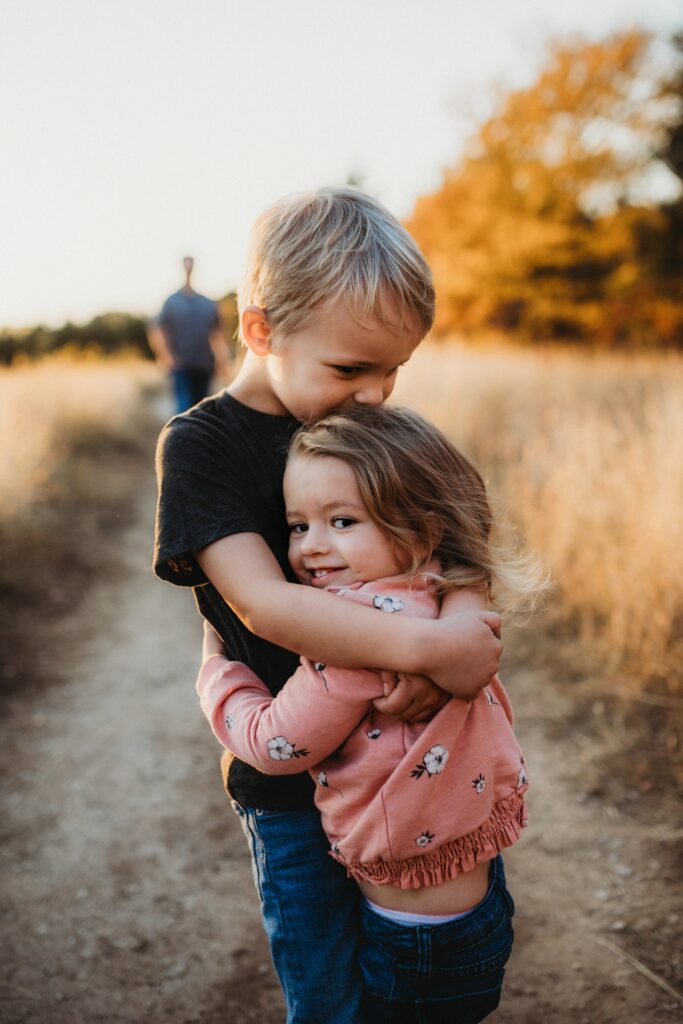How to talk to kids about gun violence
By: Shawn English, with ChatGPT (-3.5), Open AI {https://openai.com}
Gun violence is a big problem in today’s society, and its impact goes beyond just adults; it deeply affects children as well. So, it is crucial to communicate this sensitive topic with children. However, it is also important to make sure that what you explain is age-appropriate and doesn’t negatively impact the child. This essay will talk about the difficulties of discussing gun violence with children, and how to have these crucial conversations. To start, let’s go over the challenges.
Challenges in Talking About Gun Violence
- Age-appropriateness: A big challenge in addressing gun violence with children is determining the appropriate level of information based on a child’s age and maturity level. It’s important to find a middle ground that avoids overwhelming them with graphic details while ensuring that they understand the seriousness of the issue.
- Fear and anxiety: Gun violence is a distressing and frightening subject, especially for children. Engaging in discussions can bring feelings of fear and anxiety, so you need to be reassuring and comforting.
- Emotional response: Children may have a wide range of emotional responses when talking about gun violence, including confusion, anger, sadness, or a sense of powerlessness. It is important to educate children, but at the same time try to avoid causing unnecessary alarm.
Effective Strategies for Discussing Gun Violence
- Start Early
The importance of safety and responsible behavior is always an issue, and it is never too early to begin these conversations with children. Teach them from a young age not to touch firearms if they encounter them and explain the importance of informing an adult if they come across a gun.
- Choose the Right Moment
The timing of these conversations is vital. You should avoid introducing the topic during stressful times or when a child is already experiencing anxiety. Instead, choose a calm and relaxed moment, such as during a family dinner or other peaceful times.
- Be Honest and Age-Appropriate
When addressing gun violence with children, honesty is still needed. However, the information provided should be age-appropriate. Younger children may need a simplified explanation like, “Guns are tools that can be dangerous, and we don’t play with them.” As they get older, you can gradually give more detailed information.
- Encourage Questions
To have good discussions, you should try to create an environment where children feel comfortable asking questions. By being open to the questions, a safe space for conversation is created, giving children the chance to express their feelings and concerns. Patience and honesty are crucial when answering their questions.
- Peaceful Resolution and Empathy
Teaching empathy and instructing children in effective conflict resolution are important aspects of preventing gun violence. You can help children by teaching them to understand the value of peaceful resolution and empathy. When explaining, emphasize the benefits of non-violent conflict resolution methods over resorting to violence.
- Role Play
Role-playing exercises can be a valuable tool for helping children practice effective communication and conflict resolution. You can create scenarios that revolve around resolving conflicts peacefully rather than resorting to violence. This hands-on approach serves to reinforce the lessons imparted through conversation.
- Media Exposure
In the world today, children are exposed to limitless information from the many digital devices, and some of the content may contain violent imagery. Parents and caregivers should monitor and limit a child’s exposure to that content, because it can significantly influence their perspectives, possibly numbing or rationalizing violence and conflict.
- Personal Safety
While discussing gun violence, you should make a point of the importance of safety. Children should be taught the basics of gun safety, including not touching a gun and immediately informing a trusted adult if they see one. Additionally, teach them about emergency services like 911 and the significance of reporting any suspicious behavior to authorities.
- Create Trust
Building trust and open communication with children is a huge part of these discussions. You should encourage children to share their feelings and concerns, assuring them that you are there to provide support and protection. A sense of security and trust can really go a long way in helping children cope with fears related to gun violence.
- Stay Informed
To have these conversations with children about gun violence, it is vital for you to stay informed about current events and gun-related issues. This knowledge helps you answer questions and concerns with accuracy and understanding.
Talking to children about gun violence is not a one-time thing but should be a continuous conversation that evolves as they grow older. The goal of these conversations is to empower children to make informed, responsible choices and ensure they understand the value of peaceful resolution. By providing a safe and open space for discussing gun violence, you can help children navigate this complex issue while creating the essential values of empathy, safety, and responsible behavior. In doing so, you can help them and future generations to combat the growing threat of gun violence.
Related Reads:
For immediate help, call 988 or go to your nearest emergency room.




